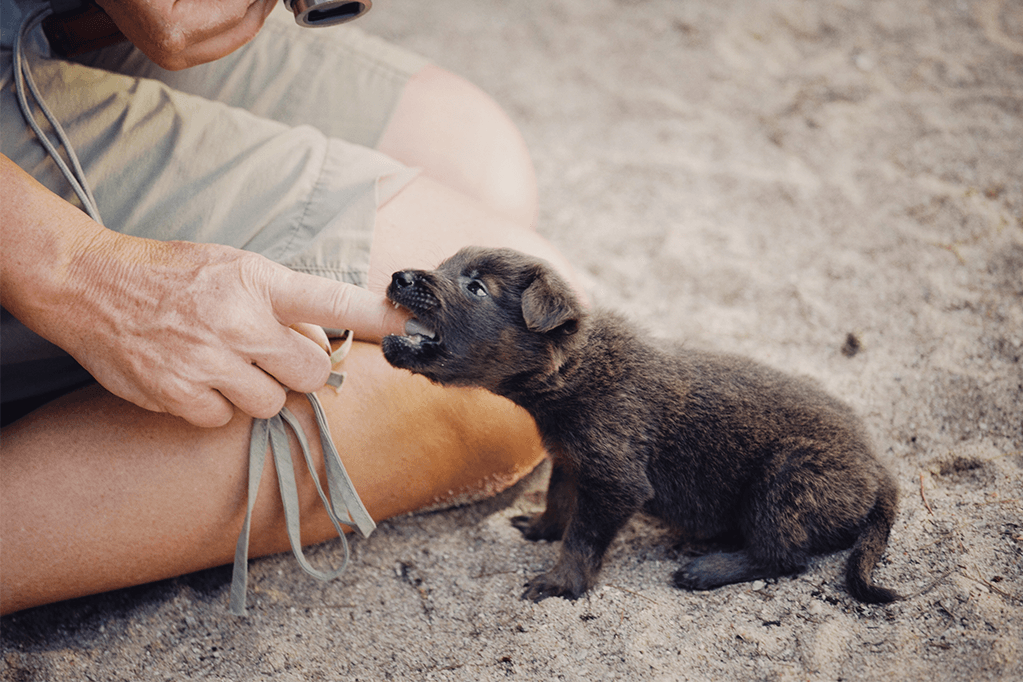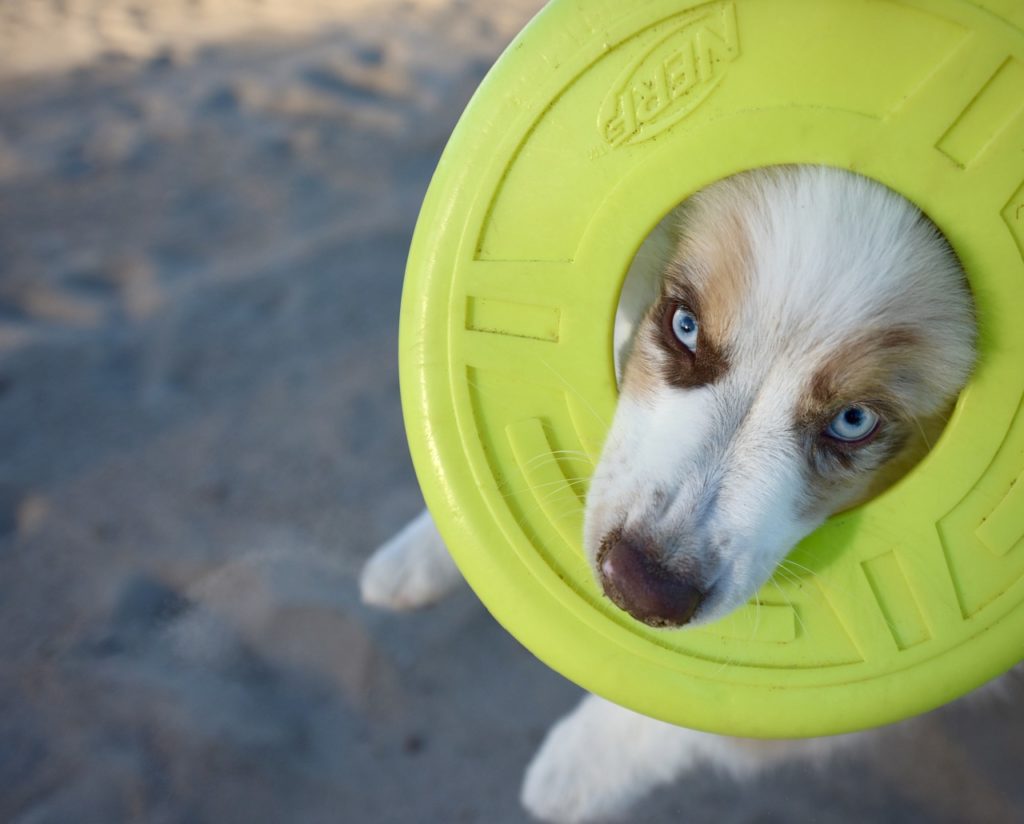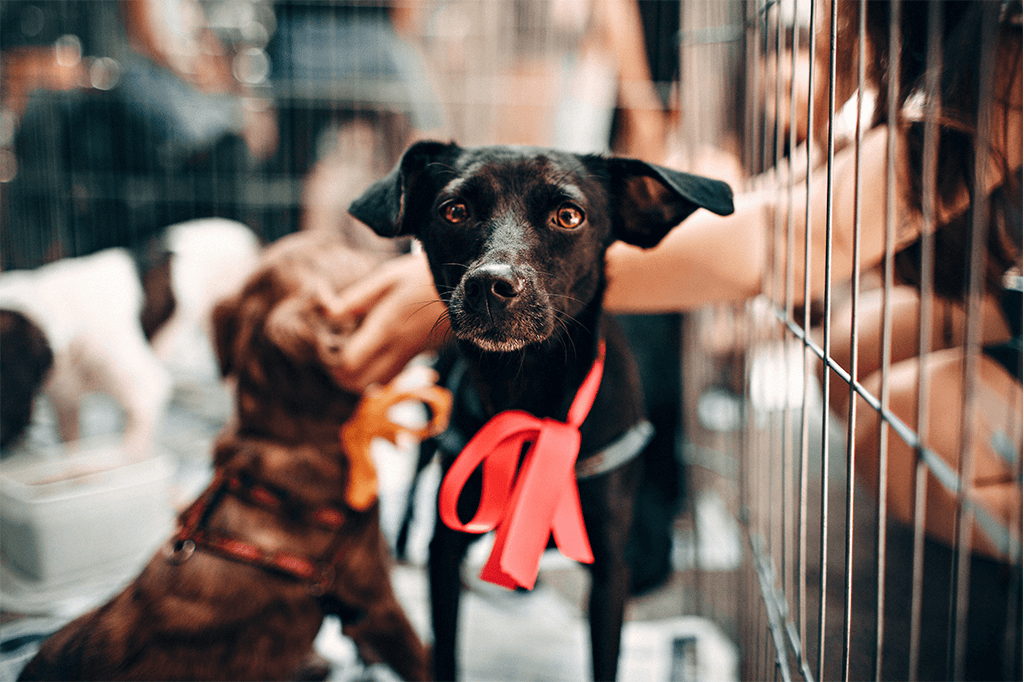6 Tips for Walking a Reactive Dog
Is your dog reactive when the two of you are out and about?
Whether this reactivity may be triggered by other dogs, people, cars, or anything else, here are six tips to keep in mind when walking a reactive dog:
1. Set Off With a Calm Frame of Mind
Do you often feel stressed and tense before you even begin walking your reactive dog?
Well, this is something that your dog will be able to pick up on. This will put your dog on guard, making him worried that there is something around him that is concerning.
Beginning your walk in a calm and positive frame of mind can really make a difference. This may seem easier said than done, but this just means that you will need to spend some time finding a few ways to instantly de-stress. For some, this may be listening to music while others may find deep breathing exercises helpful.
Of course, the calm frame of mind applies to your dog as well as to you…
Make sure that your dog is calm before the two of you set off.
If your dog is over-excited or showing signs of anxiety, work with your dog to deal with these issues before you begin your walk.
2. Avoid Triggers When Walking a Reactive Dog
Yes, you do need to teach your dog how to overcome the obstacles that trigger his reactivity, but you need to do this gradually, in your own time.
In the meantime, avoid those triggers as much as possible.
If your dog is dog-reactive, try to walk your dog in places where other dogs don’t frequent. This may also require you to adjust the times at which you walk your dog in order to avoid others.
Of course, completely avoiding all triggers is near impossible…
So, what do you do if you unintentionally come across a trigger when walking your reactive dog?
You put as much distance between that trigger and your dog as possible.
Try to block your dog’s view of the trigger, whether this means turning around and walking the other way, or even darting behind a tree for a minute or two.
3. Turn Triggers Into Positive Experiences
Turning a trigger into a positive experience takes quite a bit of time and effort, but it really does pay off.
The key is to take things very slowly, beginning with a large distance between your dog and the trigger. Practice teaching your dog to focus on you, rather than on the trigger ahead.
How?
You can do this in a number of ways. Treats are great for food-motivated dogs, while a squeaky toy is a great distraction for toy-motivated dogs. You could also teach your dog to target your hand or another object, as this can be a very effective method for diverting their attention.
As soon as your dog focuses on you, provide plenty of praise and rewards.
Work on this for a few more sessions, before gradually decreasing the distance between your dog and the trigger.
What happens if your dog starts reacting again?
Then this means that you are moving too quickly in your training. Take a step back, putting more distance between your dog and the trigger, and work from this distance again for a while.
4. Enlist the Help of a Friend
If walking your reactive dog is something that you usually do on your own, it will surprise you how much of a difference it can make when you have another person with you.
So long as you choose the right person, they will likely have quite a calming influence over both you and your dog, while also instilling a greater sense of confidence in yourself.
Try walking your reactive dog in between you and your friend, so that you are both on-hand to reassure or distract your dog when you see an approaching trigger.
5. Keep Walks Fun and Interesting
Since your dog’s reactivity will likely limit you when it comes to your choice of walks, you need to make sure that your walks are still fun, exciting and relatively unpredictable for your pooch.
How?
There are a number of ways you can do this, even if you can’t take your dog to many new places.
Try simply switching up your pace on your walk, sometimes going slower and sometimes going faster. Changing directions at random times will also keep your dog guessing. Don’t forget to shower your dog with plenty of praise whenever he follows your lead.
You could also try bringing a new toy on your walk with you. Stop at a random point for a quick play session.
Treats are also great, especially if you use a mix of both high value and low value treats. These are pretty much a necessity anyway when walking a reactive dog, but you could also stop mid-walk for a quick training session, using the treats as motivation.
6. Don’t Be Afraid to Stand Up For Your Dog
When walking a reactive dog, there will be certain situations in which you will need to stand up for your dog.
For example, if your dog hates strangers touching him, you may need to be quite firm when it comes to well-meaning dog lovers reaching out to stroke your dog. In the heat of the moment, this could even come across as you being rude, especially if you need to raise your voice to get your point across. However, don’t be afraid to do so – you are the only person who can really advocate for your dog.
The same applies with dogs who are dog-reactive, and are being approached by an off-lead, out of control dog. Even if you need to shout across a long distance at that other dog’s owner, do what you need to do to keep your own dog safe and protected.
Walking a reactive dog is rarely easy, but, so long as you take things slowly, there will be plenty of small victories along the way. Make sure that you celebrate these as a reminder of how far you and your pooch have come, as these moments will provide motivation for all of your future walks.





